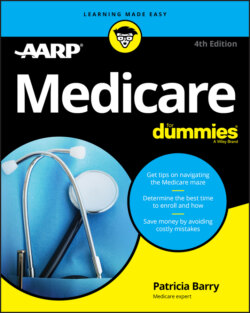Читать книгу Medicare For Dummies - Barry Patricia, Patricia Barry - Страница 77
Paying Higher-Income Premiums
ОглавлениеFor most of its history, Medicare had no means-testing; everybody paid the same premium for its services. Even today, nobody is denied Medicare coverage on the basis of being wealthy. But since 2007, as a result of the 2003 Medicare Modernization Act, people with incomes over a certain level have been required to pay higher premiums for Part B. And under the 2010 Affordable Care Act, those same people must pay more for Part D, too.
Looked at another way, it means that people who pay these higher premiums are receiving a smaller subsidy from the federal government for their health care. The feds provide a hefty chunk of money toward Part B and Part D services out of general revenues (that is, taxpayer dollars) — about 75 percent of the actual costs — while beneficiaries as a whole contribute about 25 percent through premiums. So the rationale for the higher-income surcharge was based on fairness; surely wealthier people can and should pay more than 25 percent of the cost of their Medicare.
Most people, of course, don’t pay the higher premiums. Nonetheless, the income cutoffs aren’t so high that they affect only millionaires. So you need to know whether you’re likely to be asked to pay the surcharge — and what you can do about it if you are and think it’s unwarranted. The following sections examine those issues in detail.
